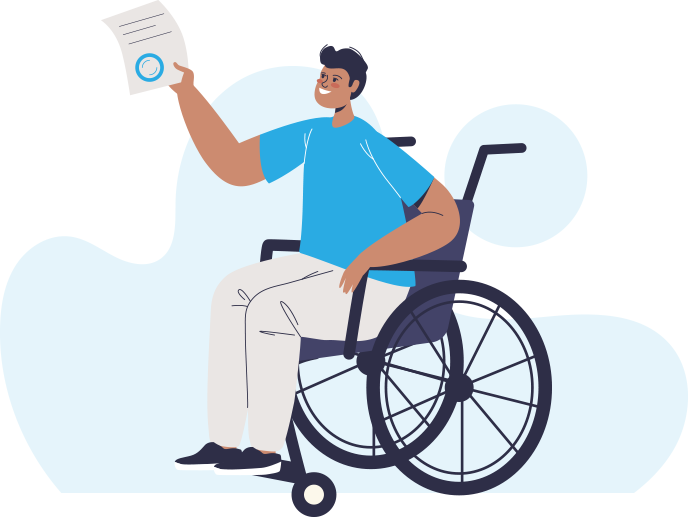As a self-employed individual, you enjoy the freedom and flexibility of being your own boss. However, this independence also comes with its own set of challenges, particularly when it comes to securing your financial future in case of unforeseen circumstances. One such crucial aspect is disability insurance. Unlike traditional employees who may have access to employer-provided disability coverage, self-employed individuals must take proactive steps to protect themselves. In this blog post, we will explore the importance of disability insurance for self-employed individuals, how it works, and the key factors to consider when choosing a policy.
Understanding Disability Insurance
Disability insurance provides financial support if you are unable to work due to an injury or illness. It ensures that you continue to receive a portion of your income, helping you cover essential expenses such as rent or mortgage, utilities, groceries, and medical bills. For self-employed individuals, this type of coverage is particularly vital, as your ability to generate income relies heavily on your capacity to work.
Types of Disability Insurance
There are two main types of disability insurance policies: short-term disability insurance and long-term disability insurance.
Short-Term Disability Insurance (STDI):
Coverage Duration: Provides benefits for a short period, typically ranging from a few weeks to up to a year.
Waiting Period: Benefits usually begin after a waiting period of a few days to a couple of weeks following the disability.
Benefit Amount: Often covers a significant portion of your income, usually around 60-70%.
Also Read: Mortgage Loans for Self-Employed Individuals
Long-Term Disability Insurance (LTDI):
Coverage Duration: Offers benefits for an extended period, which can range from several years to until you reach retirement age.
Waiting Period: There is typically a longer waiting period before benefits kick in, usually between 30 to 180 days.
Benefit Amount: Generally replaces a lower percentage of your income compared to STDI, typically around 50-60%.
Why Self-Employed Individuals Need Disability Insurance
Income Protection: As a self-employed individual, your income is not guaranteed. Disability insurance ensures that you have a safety net if you are unable to work due to a disability, allowing you to focus on recovery without the added stress of financial worries.
Maintaining Lifestyle: Disability insurance helps you maintain your current lifestyle by covering your essential expenses. This prevents you from having to dip into savings or retirement funds, which can have long-term financial repercussions.
Also Read: Small Business Loans For Women Entrepreneurs
Business Continuity: If you run a small business, your disability could impact its operations. Disability insurance can provide the necessary funds to keep your business running smoothly, including covering salaries for employees or hiring temporary help.
Peace of Mind: Knowing that you have a financial safety net in place can provide peace of mind, allowing you to focus on growing your business without the constant worry of what would happen if you were unable to work.
Factors to Consider When Choosing a Policy
Coverage Amount: Determine how much of your income you need to replace to cover your essential expenses. Ensure the policy provides adequate coverage to meet your financial needs.
Waiting Period: Consider how long you can manage without income before the benefits begin. Choose a waiting period that balances affordability with your financial resilience.
Policy Terms: Understand the specific terms and conditions of the policy, including what constitutes a disability, how the benefits are calculated, and any exclusions or limitations.
Premium Costs: Compare the premium costs of different policies. While it might be tempting to choose a cheaper option, ensure that it provides the necessary coverage and benefits you need.
Also Read: Best Car Insurance for New Drivers 2024
Benefit Period: Decide how long you want the benefits to last. Longer benefit periods provide extended protection but may come with higher premiums.
Riders and Additional Coverage: Explore any additional coverage options or riders, such as cost-of-living adjustments, which can increase your benefit amount over time to keep up with inflation.
Conclusion
Disability insurance is a crucial component of financial planning for self-employed individuals. It provides a safety net that ensures your income and business remain secure even if you are unable to work due to a disability. By carefully considering your coverage needs, policy terms, and premium costs, you can choose a disability insurance policy that offers you the best protection and peace of mind.
Investing in disability insurance is not just about protecting your income; it’s about safeguarding your future and the future of your business. Take the necessary steps today to ensure you are well-prepared for any unforeseen circumstances that may come your way.
Stay proactive, stay protected, and continue to thrive in your entrepreneurial journey!
